Photo editing is a common task that a monitor is used for. Choosing the best photo editing monitor could mean the difference between squinting at the screen to tell shade contrast or a rich, vivid color palette with excellent grayscale performance. Our evaluation focused on performance/display, resolution, ergonomics, and the number of ports.
After more than 12 hours of research, our pick for the best photo editing monitor goes to the Asus Designo Curve MX38VC Photo Editing Monitor. it is a workhorse in every sense, featuring a mesmerizing UWQHD wide viewing angle display, 75Hz FreeSync support, and TUV Rhineland-certified flicker-free backlighting to help minimize eye fatigue during long editing sessions. Keep reading to learn more about other best photo editing monitors and best computer monitors available for purchase.
Top 10 Best Photo Editing Monitors
#1 Asus Designo Curve MX38VC Photo Editing Monitor
Award: TOP PICK
WHY WE LIKE IT: This photo editing monitor has an excellent feature set, starting with a UWQHD wide viewing angle display and TUV Rhineland-certified flicker-free backlighting, making it an excellent choice for professionals who want to avoid eye fatigue.
- Generous 178° viewing angle
- Maximizes screen space with 3840×1600 resolution
- Includes FreeSync support up to 75Hz
- Odd speaker placement (back of monitor)
- On-Screen Display (OSD) setting adjustments could be easier
This photo editing monitor is very well-rounded. Its IPS panel is good for up to 1.07 billion colors and Quad HD (3840 x 1600) resolution comes with a generous 178° viewing angle and healthy contrast ratio for full immersion while editing. it really maximizes screen spaces, working well with photo editing professionals who multi-task with several photos at once. Eye fatigue is also minimized with flicker-free technology and a blue light filter for up to 430% blue light reduction that produces a nice calming effect on the eyes. Eye care tech is something you may not find on the foremost cheap monitors, but it won’t hurt to look.
Related: If you are an Xbox fan, you may want to check the best monitors Xbox One X.
Ergonomics with this photo editing monitor is a strong suit. Viewing angles are optimized with swivel, tilt, and height adjustability. Kudos for an included wireless 15W Qi charging pad, which allows users to not have to retrieve those pesky Lightning cables. It’s a great option for anyone searching for the best HDR monitor.
#2 BenQ SW2700PT Photo Editing Monitor
Award: HONORABLE MENTION
WHY WE LIKE IT: This photo editing monitor offers 100 percent sRGB coverage and covers 99% of Adobe RGB, making it an excellent choice for photography professionals who want the highest color accuracy possible to transfer on-screen magic to print.
- Excellent color display (99% Adobe RGB)
- 14-bit Look-Up Table (LUT) for effective color management
- 10 Color Mode settings for color optimization
- Not a high brightness rating
- 560 x 1,440 resolution not as high as other models
Our favorite feature with this best monitor for photo editing is its exceptional color accuracy. Advanced Hyper-Viewing Angle panel technology works to deliver 100 percent sRGB coverage and excellent viewing angles. A 14-bit Look-Up Table (LUT) also offers exceptional controls with color and gradation. 10 Color Mode settings also give photographers a lot of options when it comes to editing.
Related: Let’s look into some of the best TV monitors for gaming.
This photo editing monitor is designed with ergonomics in mind, starting with a fully adjustable, high-end monitor stand, 70° swivel, and side buttons and ports for easy reach. Kudos for a DisplayPort input, an HDMI input, and a DVI dual-link input. However, its HDMI port is a predecessor to 2.0 – not as much a concern. If you’re looking for a higher resolution option with sharper images, our best 4K monitor guide is another resource worth checking out.
#3 BenQ SW321C PhotoVue Photo Editing Monitor
Award: BEST QUALITY
WHY WE LIKE IT: This photo editing monitor features 99% Adobe RGB coverage and supports HDR10 & HLG, an excellent choice for a professional photographer to set up base with editing.
- Vivid picture ( 10-bit color depth))
- 16-bit 3D Look Up Table (LUT) for superb grey tone reproduction
- Super thin design; easy to maneuver
- Slight light bleed at edges
- No included mini DVI socket
This best photo editing monitor is agile, featuring an IPS panel, 4K UHD resolution, and a 99% Adobe RGB for a true representation of on-screen color to print. AQCOLOUR technology really unleashes a wide color gamut, especially with transitions and shading. We are also big fans of its 16-bit 3D Look Up Table (LUT) for outstanding color space, especially useful with grey tone reproduction.
In terms of design, this best photo editing monitor is very well constructed with a super-thin bezel and wired remote controller to better breeze through on-screen navigation – much more agile than using a computer mouse. Two HDMI 2.0 ports, 1 USB Type C, 1 Type B1, and a Display Port are conveniently located on the bottom for easy each. All in all, we were very impressed with this best photo editing monitor build and image quality. It’s a great contender for the best monitor for graphic design on our list.
Moreover, imaging mounting two of these monitors with the leading dual monitor stands to enhance your photo editing productivity.
#4 BenQ GW2270H Photo Editing Monitor
We’re sorry, this product is temporarily out of stock
Award: BEST ON A BUDGET
WHY WE LIKE IT: This photo editing monitor comes with a modest FHD 1080p resolution and a low blue light mode for improving eye strain, a great inexpensive choice for users who want to perform less intensive editing tasks (e.g. resizing and cropping) over hardcore photo adjustments.
- Adjustable and tilts from -5° to 20°
- Textured bezel for finger-proofing
- Eye saving features (flicker-free technology and low blue light mode)
- So-so brightness rating (300 cd/m2)
- Resolution could be higher
This photo editing monitor delivers value across the board, starting with an IPS LCD screen, excellent viewing angle (178°), and low power backlighting for a vivid, but not crazily detailed, display. Senseye 3 image correction technology even adjusts brightness levels based on the surrounding lighting conditions. One of its biggest strengths is its textured bezel finish, which is fingerprint-resistant. If you like 1080p and want to game as well, consider a 1080p high refresh rate monitor as well.
Consider this budget monitor for photo editing a pure value play, with none of the frills of more expensive monitors such as DisplayPort or DVI, rangy swivel and tilt angles, and 4K or higher resolution. Instead, these are replaced with two HDMI ports and one VGA port. For simple, everyday photo cropping and smaller tasks, this photo editing monitor is an excellent choice. Affordability makes it a great option for anyone looking for the best business monitor for the office.
#5 BenQ EX3501R Photo Editing Monitor
Award: BEST FOR BRIGHT ROOMS
WHY WE LIKE IT: This best photo editing monitor comes with a striking 3440×1440 resolution panoramic display and Brightness Intelligence Plus technology to auto adjust the brightness based on ambient lighting conditions, a great choice for people who work in bright and dark rooms.
- Panoramic screen for immersive viewing
- 100Hz refresh rate works great for gaming & supports AMD FreeSync
- Brightness Intelligence Plus adjusts based on lighting conditions
- No swivel adjustment and curved screen may distort viewing angle
- So-so port placement (back)
We love this best photo editing monitor for its sparkling high resolution (UWQHD (3,440-by-1,440-pixel). Along with a 500 brightness rating, color space and greyscale really fly off the screen. Its large curved screen bodes well for photo editors preferred to sit dead center and don’t mind an occasional distortive view with lighter projects.
This best photo editing monitor can also double as a gaming monitor, sporting a blistering quick 100Hz refresh rate and AMD Free Sync which optimizes choppy frames for smooth motion and no blur. In terms of being easy to use, it’s a winner with a hockey puck-shaped stick that switches between sRGB mode and CAD/CAM mode. Our only knock is that it does not include a swivel adjustment, although tilt and height work. It’s arguably the best monitor for watching movies on our list as well.
#6 BenQ PD3200U Photo Editing Monitor
Award: BEST VALUE
WHY WE LIKE IT: This best photo editing monitor comes with a gorgeous IPS panel AND AQColor technology, which optimizes color space for the richest representation possible – an excellent choice for more value-conscious photo editors.
- Excellent brightness rating (350 cd/㎡ )
- Solid 100Hz refresh rate. for no blur motion
- Supports Adobe RGB, sRGB, and Rec. 709 color spaces
- Blacks may appear washed out on occasion
- Slight learning curve setting up “hockey puck” controller
This best photo editing monitor’s picture quality is off the charts, with 4k resolution and a good representation of Adobe RGB, sRGB, and Rec. 709 color spaces for the most accurate colors possible. It is also good with a Portrait Mode to reorient the screen to a vertical position – a good choice for the photo editor moonlighting as a coder or programmer. Low Blue Light technology also helps eliminate eye fatigue and optimize brightness levels based on ambient lighting conditions.
Ergonomics with this best monitor for photo editing and gaming works very well, with tilt, switch, and height adjustments covering broad degree angles depending on your viewing distance and position. A Keyboard Video Mouse (KVM) Switch also makes it easy to flip between different screens a lot faster than a computer mouse. It’s a great option for anyone looking for the best monitor for eyes as well.
#7 Dell UltraSharp UP3216Q Photo Editing Monitor
Award: BEST FOR BLACK AND WHITE
WHY WE LIKE IT: This best photo editing monitor offers steady performance across the board, starting with an IPS panel Ultra HD 4K picture and outstanding grayscale performance, a great choice for newspaper printers.
- 4X resolution of Full HD
- Grayscale color quality is excellent
- Four USB 3 ports
- Stand not the most sturdy
- Lower refresh rate/response time (60Hz )
This best photo editing monitor shines in all the right places. 4K resolution combines with a rich representation of the Adobe RGB color gamut ( 99.5%) for excellent color accuracy. Uts 10-bit panel is good for a whopping 10.97 billion colors. Our favorite feature is its grayscale color quality, which accurately colors all shades from white to black, essential for monochrome printouts( e.g. black and white photography).
This photo editing machine also includes a whopping four USB 3 ports, an SD card reader, and a DisplayPort, which offers significantly higher bandwidth than HDMI, a must for more intensive high definition video needs. All in all, we were very impressed with this unit’s combination of port accessibility and work with grayscale. If you’re a Mac user, you might also want to look at the best monitor for Mac Mini.
#8 MSI Prestige PS341WU Photo Editing Monitor
Award: BEST FOR MULTI-TASKING
WHY WE LIKE IT: This best photo editing monitor has a rich 98% f DCI-P3 color gamut representation for color accuracy and a built-in picture-in-picture, an excellent choice for multi-taskers who frequently refer to two pieces of content at the same time.
- Super sharp WUHD resolution display
- 450cd/m2 brightness rating; great for bright rooms
- Intuitive picture-in-picture (PIP) for increased productivity
- Plastic casing not as durable as aluminum
- So-so 60Hz refresh rate (response time)
This photo editing monitor hits all the right marks. An IPS display pops color off the screen with a whopping 5,120 by 2,160 pixels and 100% sRGB coverage, beating 4K monitor pixel density by a long shot. It even includes HDR support with local dimming for contrast optimization.
In terms of ergonomics, this best photo editing monitor is above average. Tilting angles are solid ( -5º/+20º ) and swivel runs at a respectable 35º, helping the viewing position. Our only knock is that height adjustment is limited. On the port side, this monitor accommodates two HDMI 2.0 ports, a DisplayPort, and various USB types- all conveniently located on the side for easy reach. If you find yourself frequently working with multiple views, you might also be interested in the best widescreen monitor.
#9 Asus ProArt PA329Q Photo Editing Monitor
Award: BEST REFLECTION HANDLING
WHY WE LIKE IT: This best photo editing monitor offers great value with 99.5% Adobe RGB coverage and an anti-glare overlay for reflection handling, an excellent choice for people in bright rooms.
- Excellent color (Ultra HD resolution)
- 14-bit look-up table (LUT) for outstanding color accuracy
- Anti-glare screen to reduce eye strain
- Heavy monitor (27.5 lbs)
- Slight learning curve learning to navigate adjustment options
This best photo editing monitor features an IPS panel, which delivers exceptional picture quality at all viewing angles. Color reproduction is well diversified with 100 % coverage for rec. 709 and 99. 5% for Adobe color gamuts, equally working well with striking color or grayscale (black and white p[hotography) projects. RGB BlueLight filter also helps protect your eyes.
This photo editing monitor also comes with four HDMI 2.0 inputs, two DisplayPorts, and a USB 2.0 along with an intuitive joystick that makes it easy to toggle menus on the screen and adjust settings on the fly. We were also very impressed with its base and stand with respectable tilt (25º), swivel (60º ), and height adjustability. If you’ll be doing a fair amount of coding, you might also consider buying the best vertical monitors on the market.
#10 Eizo ColorEdge CG319-4K Photo Editing Monitor
Award: BEST INTEGRATED SOFTWARE
WHY WE LIKE IT: This best photo editing monitor comes with robust ColorNavigator 7 software, which presents a blistering number of color presets, an excellent choice for editors who care about the most minute of details with intensive graphics projects.
- Intuitive ColorNavigator 7 for presets
- Includes back handle for easy transport
- 99% of RGB coverage for color accuracy and depth
- Brightness off in some places
- May be too large for casual photo and video editing projects
Our favorite feature with this best photo editing monitor is its ColorNavigator 7 software which allows users to work from one of several color presets, including Adobe RGB, P3, Rec. 709, and Rec. 2020. This enables hardcore photographs to view a photo or video footage in exceptional HDR or HLG detail, especially useful to be confident of color accuracy from on-screen to print.
This best photo editing monitor is also loaded with ports, including two HDMI ports and two DisplayPorts. We are also big fans of a back panel handle (this thing is heavy!), a healthy 154mm height adjustment range, and a light-shielding hood that magnetically clips onto your monitor to reduce reflection and glare. All in all, this large screen works wonders for the most intensive of photo and video editing projects. If you’re working with a lot of video content, you might also want to look at our best monitor with speakers buying guide to ensure top-notch sound quality.
How We Decided
In determining the best photo editing monitor to buy, we explored performance/display, resolution, ergonomics, and the number of ports.
Our preferred photo editing monitors come with an IPS display. Standing for In-Plane Switching”, this technology uses liquid crystal to produce a rich color palette and optimal viewing angles. Note, these are designed and optimized for the highest color density and resolution possible, as opposed to gaming monitors which focus on a high refresh rate/response time for no blur motion. Other LCD panel types include TN and VA., which have lesser viewing angles and inferior color.
Another important thing to note with the best photo editing monitors is resolution. Look for a minimum resolution of 4K (3840×2160 pixels) which provides outstanding color depth with more than one billion shades of color. Look for the best photo editing monitors that carry 99% for Adobe RGB as well for the best color accuracy.
As for ports, we recommend minimum ports for DisplayPort, DVI, HDMI, and a USB 3.0 hub. Pay attention to where they are positioned as well, preferably on the bottom and sides rather than the rear for easier access.
Best Photo Editing Monitor Buyer’s Guide
The Most Important Features to Consider
- Performance/Display
Look for the best photo editing monitors and best monitor for video editing with premium-grade IPS displays, which are a type of LCD panel that bests TN and VA in terms of color palette and viewing angles. It really offers dynamic image quality and ideal color accuracy when designing projects on-screen to carry to paper. These are generally designed for professional purposes, whereas TN monitors are reserved for gaming (high refresh rates) and VA for general use (e.g. home office). - Resolution
We are big fans of 4K resolution. 1080p / Full HD (FHD) carries 1920 x 1080 versus 3840 x 2160 for 4KL but doesn’t pack the punch of 4K and QHD for increased pixel density and a wider viewing angle. - Ergonomics
Our favorite photo editing monitors are integrated with swivels and tilt along with height adjustment to achieve an optimal viewing angle. Editing photos could take hours and hours so an ergonomic setup is important to prevent eye, shoulder, and back strain. - Ports
The higher the number of ports, the more external devices can be connected to it. Be sure to go for a professional monitor with a minimum of two HDMI ports, a Display port for 60 fps resolution, VGA for older devices, and DVI for video only signals. Don’t forget a USB port to charge your smartphone or tablet when not in use.

![10 Best Photo Editing Monitors in [year] 1 Best Photo Editing Monitor](https://www.gadgetreview.dev/wp-content/uploads/best-photo-editing-monitor.jpg)


![10 Best Photo Editing Monitors in [year] 2 ASUS Designo Curve MX38VC 37.5' Monitor Uwqhd IPS Eye...](https://m.media-amazon.com/images/I/51kitHI8WgL._SL160_.jpg)
![10 Best Photo Editing Monitors in [year] 3 BenQ SW2700PT 27 Inch QHD 1440P IPS Photography Monitor...](https://m.media-amazon.com/images/I/51ggk0OPZ0L._SL160_.jpg)
![10 Best Photo Editing Monitors in [year] 4 BenQ SW321C Photo Video Editing Monitor 32' 4K UHD |...](https://m.media-amazon.com/images/I/41fikEFUCaL._SL160_.jpg)
![10 Best Photo Editing Monitors in [year] 8 Our #5 Pick is the BenQ EX3501R Photo Editing Monitor](https://m.media-amazon.com/images/I/51rN1y50NmL._SL160_.jpg)
![10 Best Photo Editing Monitors in [year] 9 Our #6 Pick is the BenQ PD3200U Photo Editing Monitor](https://m.media-amazon.com/images/I/518dovhCt8L._SL160_.jpg)
![10 Best Photo Editing Monitors in [year] 10 Our #7 Pick is the Dell UltraSharp UP3216Q Photo Editing Monitor](https://m.media-amazon.com/images/I/515AczGfMBL._SL160_.jpg)
![10 Best Photo Editing Monitors in [year] 11 Our #8 Pick is the MSI Prestige PS341WU Photo Editing Monitor](https://m.media-amazon.com/images/I/31+Gr1noe0L._SL160_.jpg)
![10 Best Photo Editing Monitors in [year] 12 Our #9 Pick is the Asus ProArt PA329Q Photo Editing Monitor](https://m.media-amazon.com/images/I/41teSBe0PXL._SL160_.jpg)
![10 Best Photo Editing Monitors in [year] 13 Our #10 Pick is the Eizo ColorEdge CG319-4K Photo Editing Monitor](https://m.media-amazon.com/images/I/41DHzwtmeBL._SL160_.jpg)







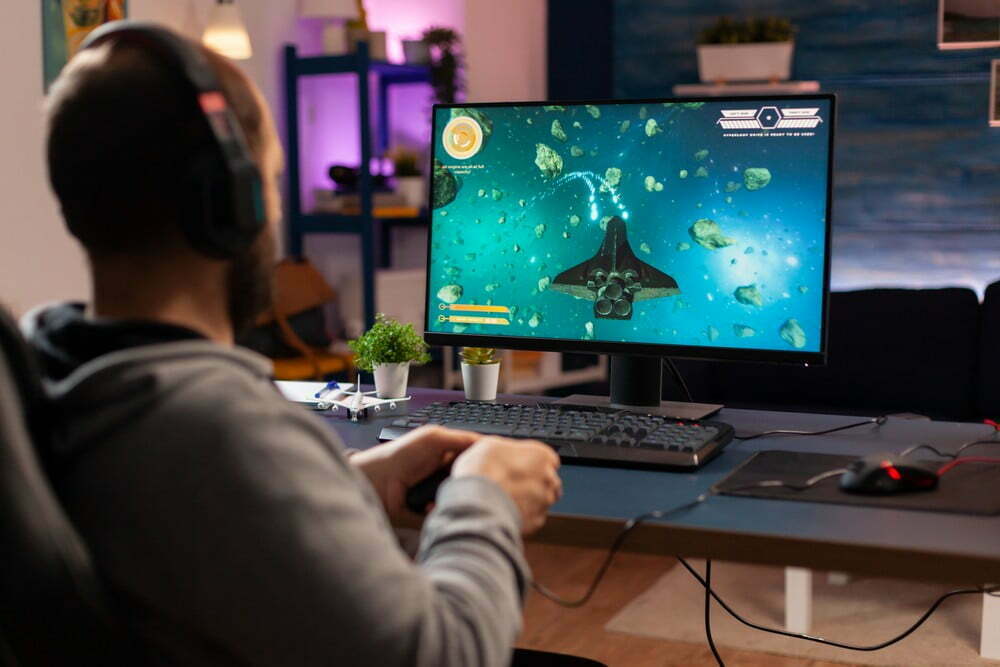
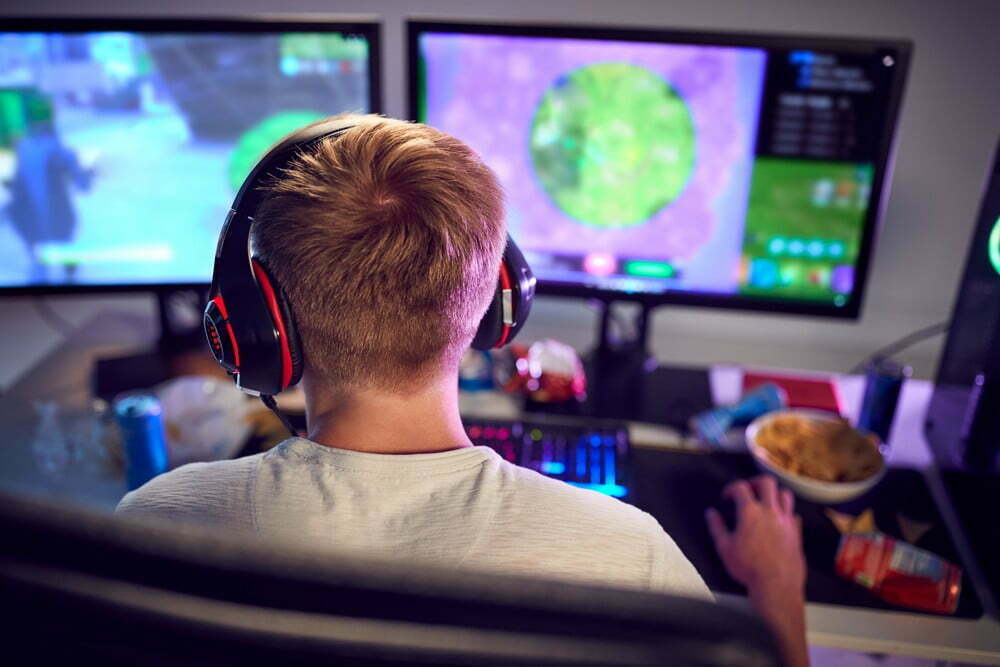
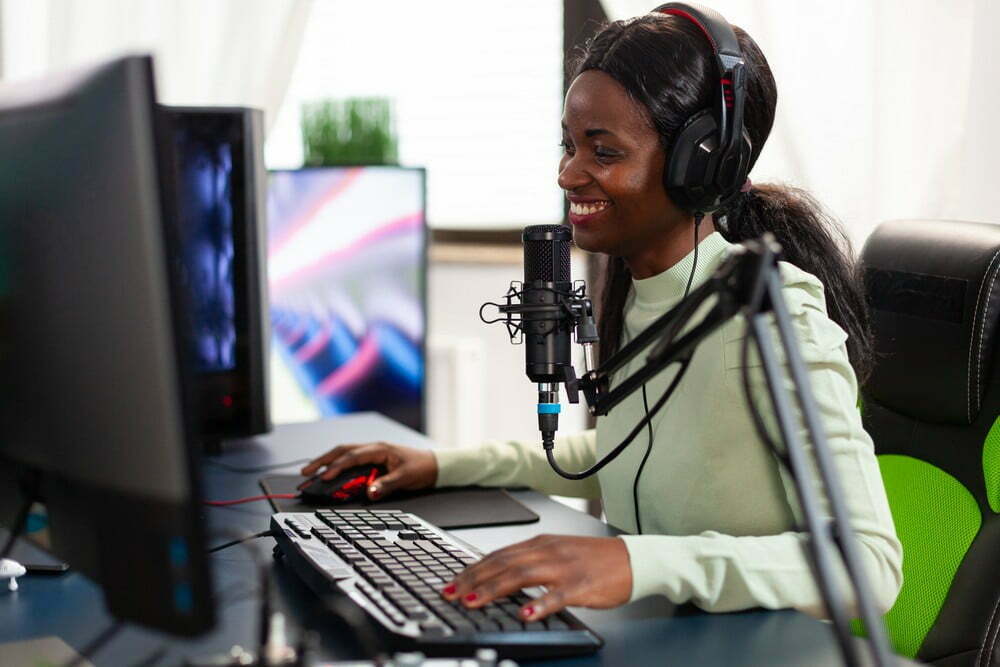
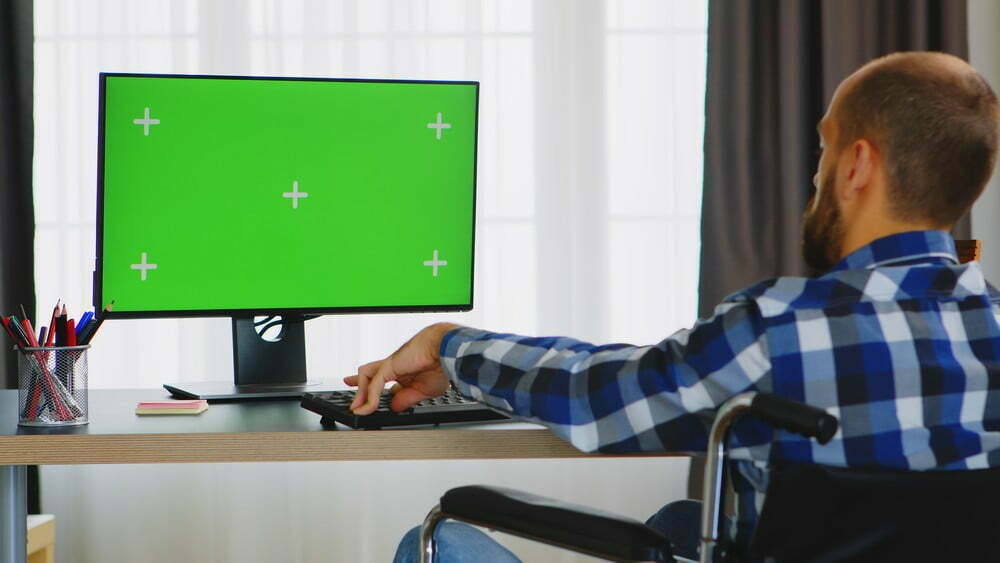
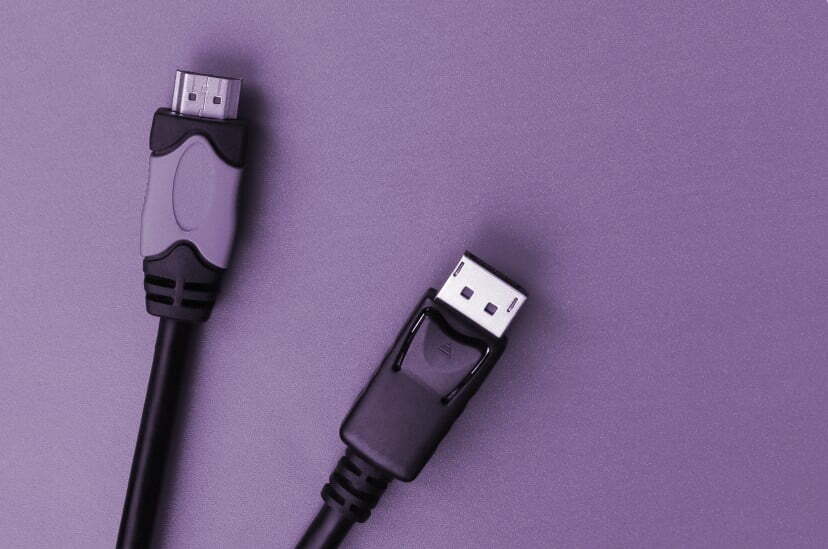
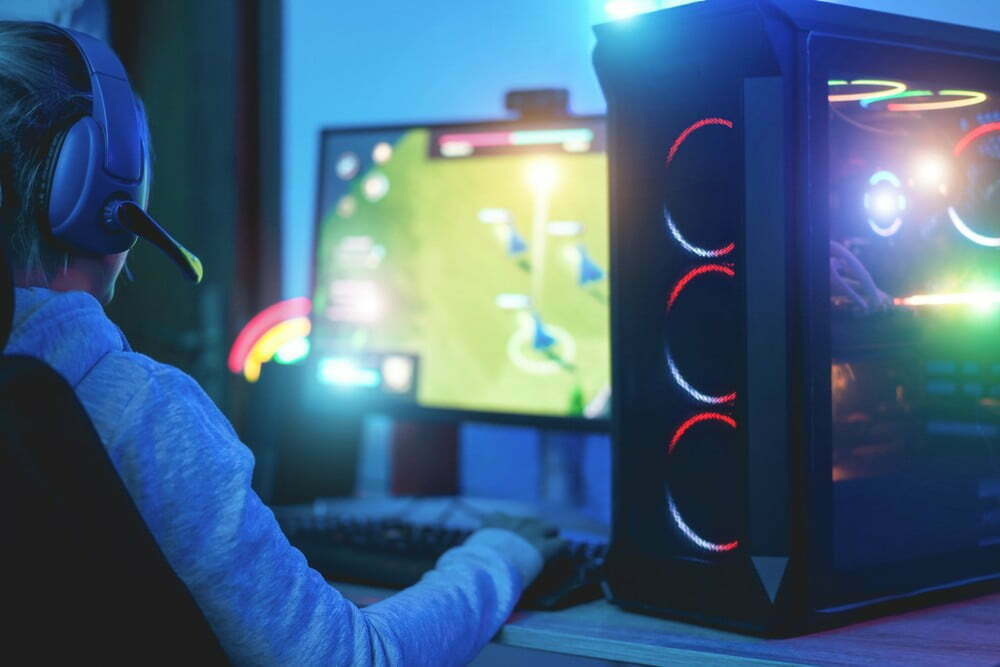
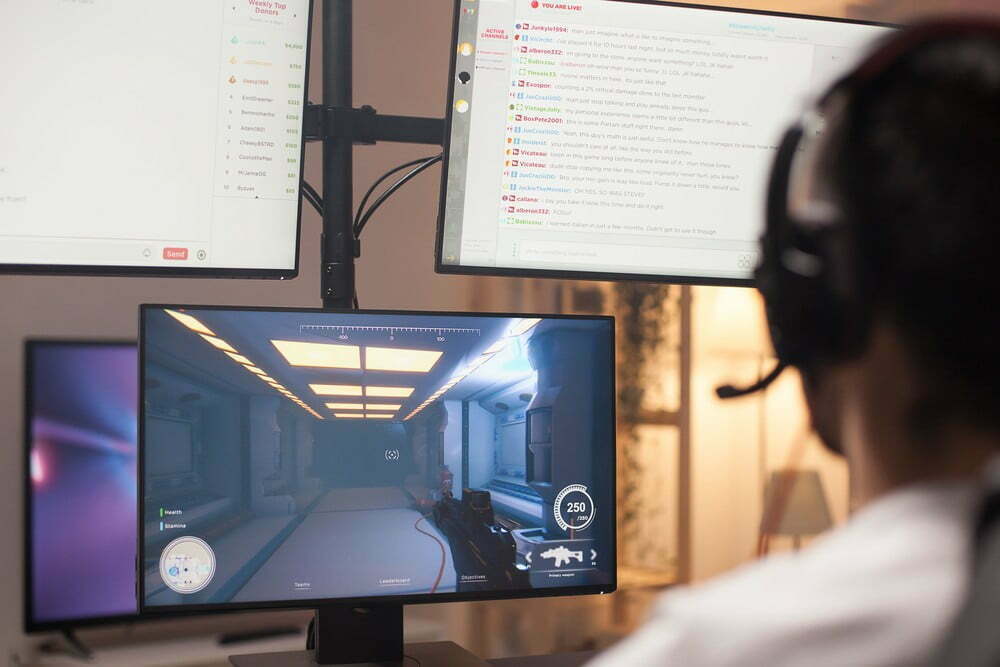
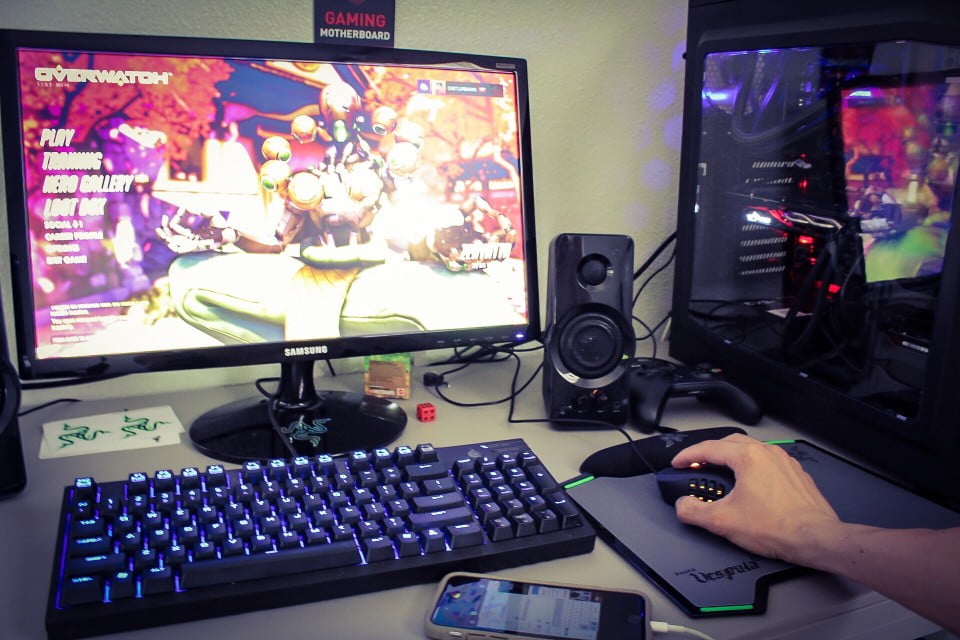
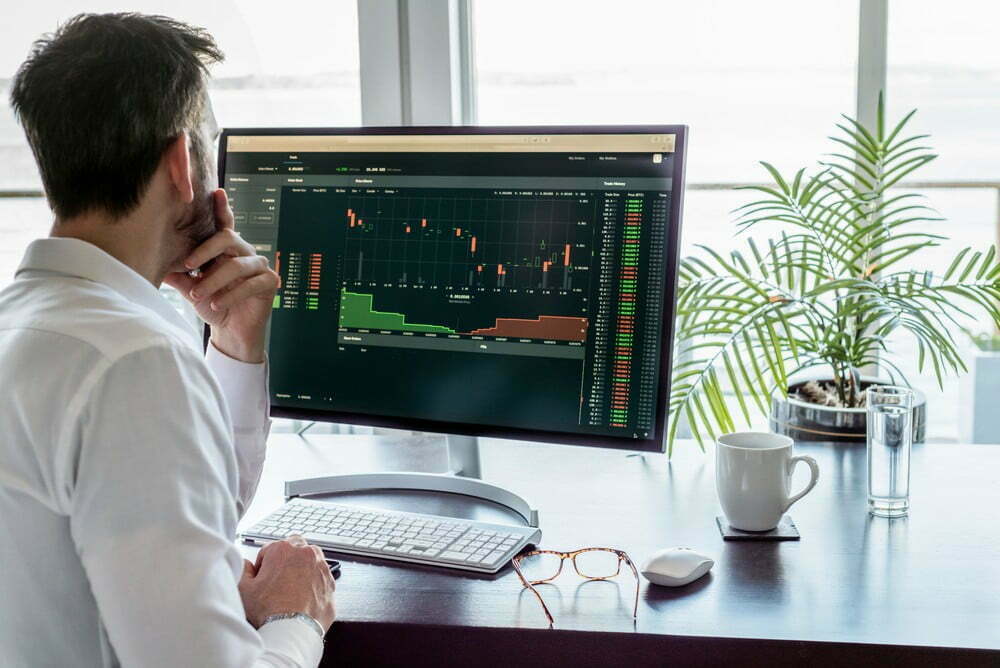
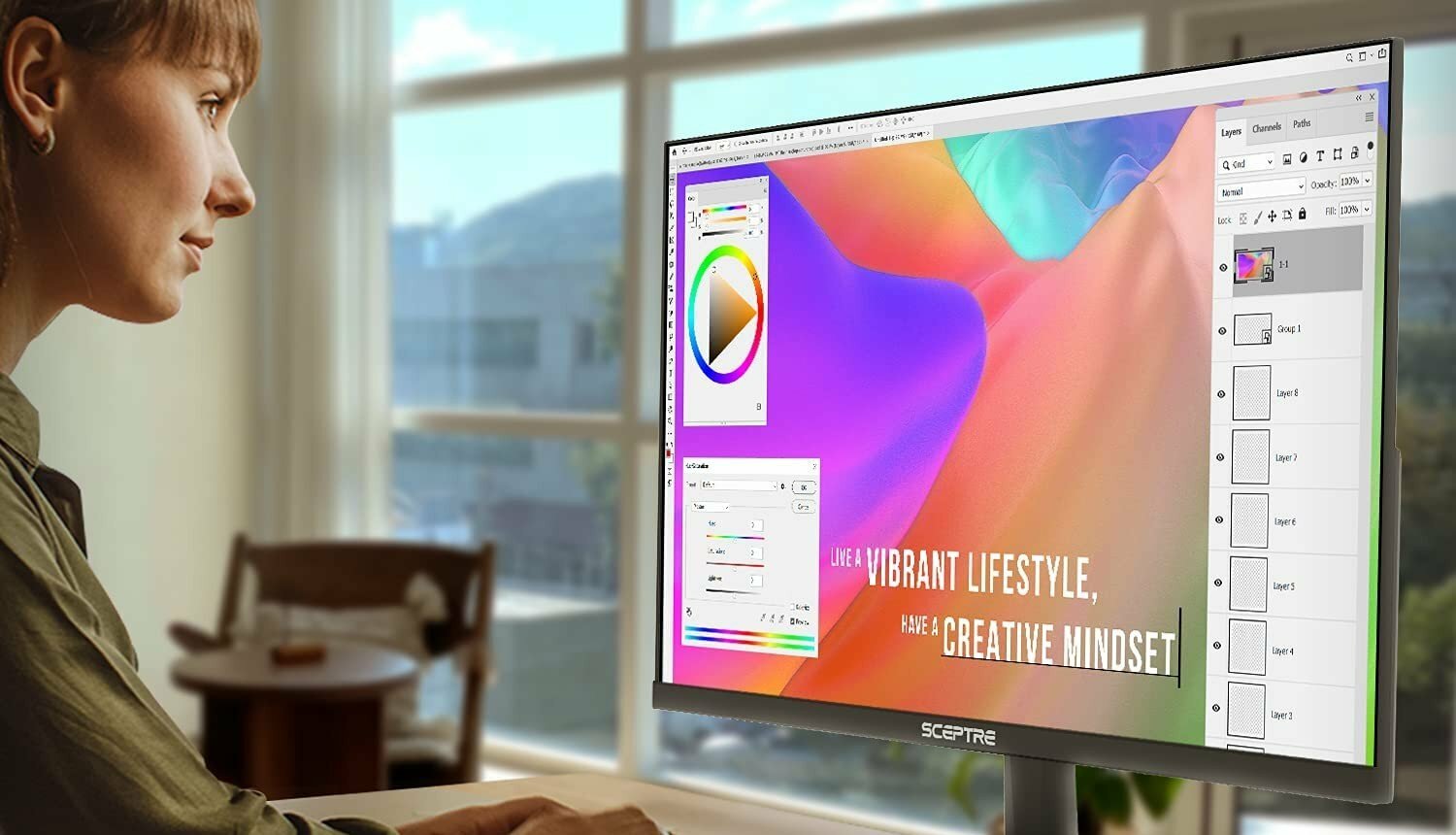

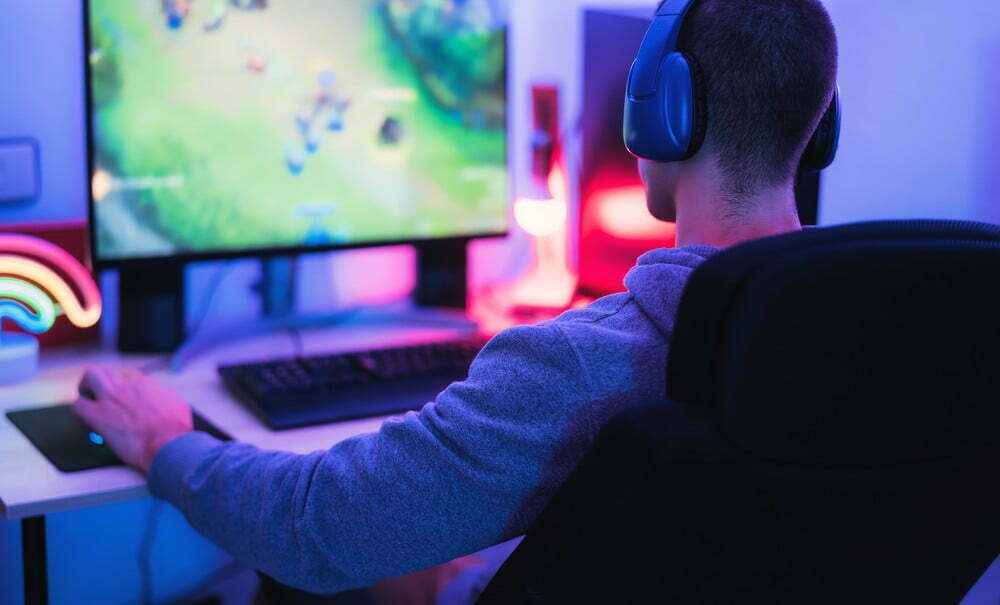
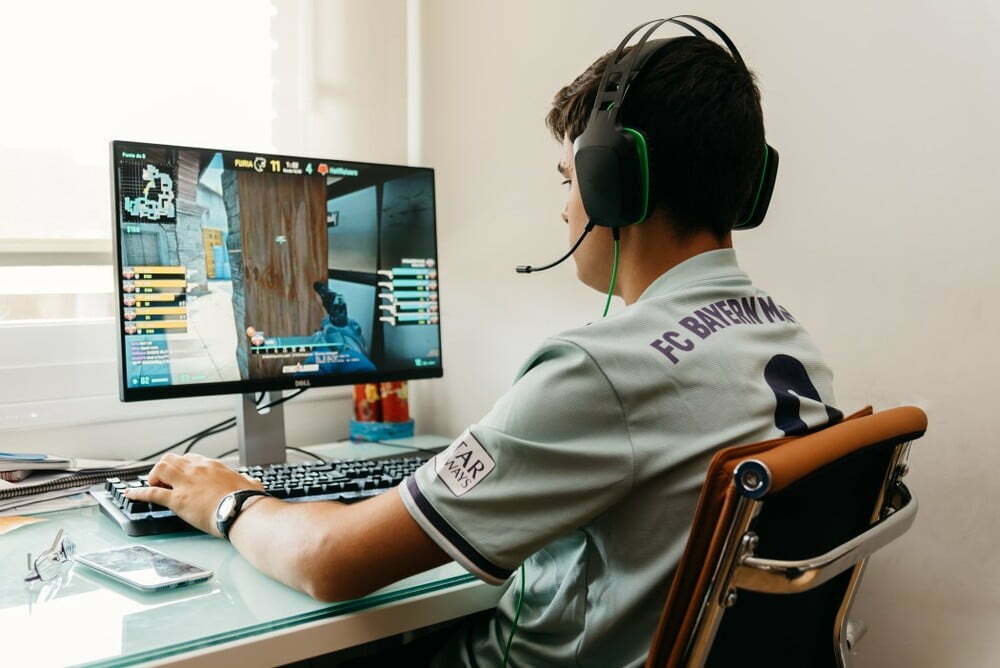
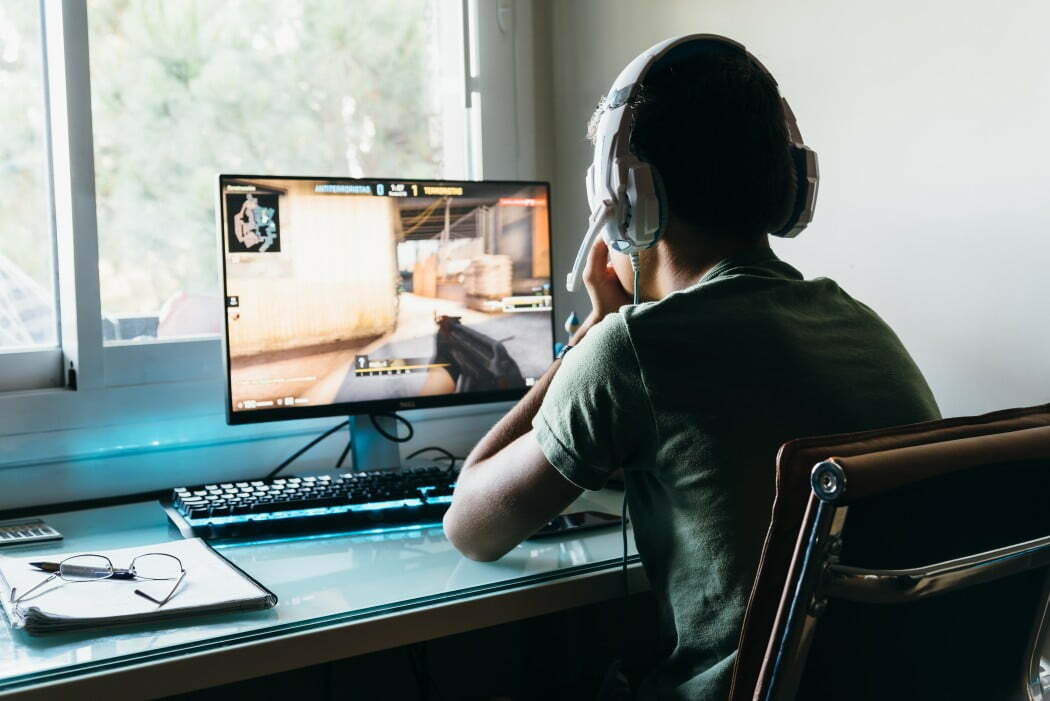
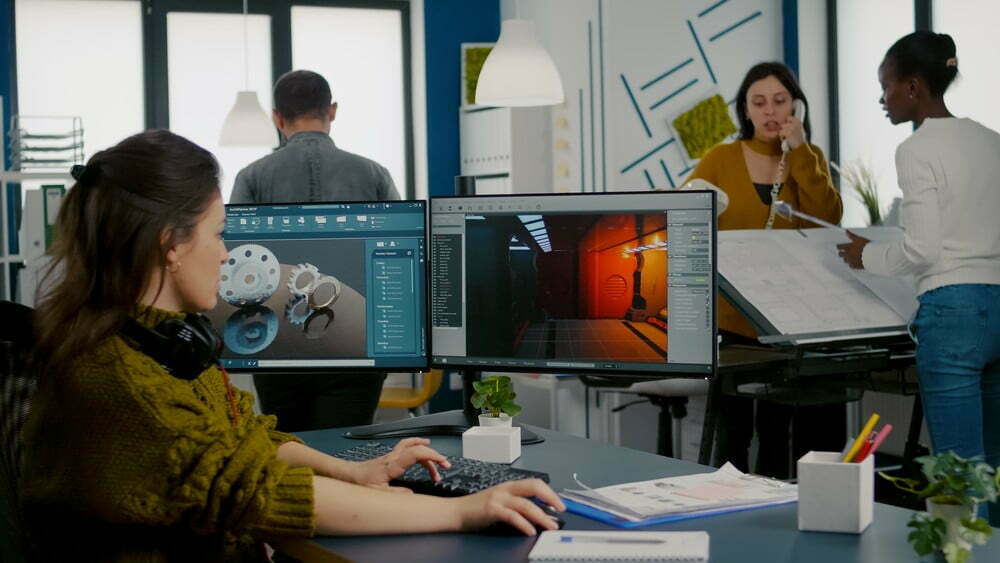
![Best 27 Inch Computer Monitor in [year] 34 Best 27 Inch Computer Monitor in 2026](https://www.gadgetreview.dev/wp-content/uploads/how-to-buy-the-best-computer-monitor.jpg)
![Best BenQ Monitors in [year] 35 Best BenQ Monitors in 2026](https://www.gadgetreview.dev/wp-content/uploads/best-benq-monitor-image.jpg)
![Best ASUS Monitors in [year] 36 Best ASUS Monitors in 2026](https://www.gadgetreview.dev/wp-content/uploads/best-asus-monitor-image.jpg)
![Best Dell Monitors in [year] 37 Best Dell Monitors in 2026](https://www.gadgetreview.dev/wp-content/uploads/best-dell-monitor-image.jpg)
![Best HP Monitors in [year] 38 Best HP Monitors in 2026](https://www.gadgetreview.dev/wp-content/uploads/best-hp-monitor-image.jpg)
![Best Lenovo Monitors in [year] 39 Best Lenovo Monitors in 2026](https://www.gadgetreview.dev/wp-content/uploads/best-lenovo-monitor-image.jpg)
![Best ViewSonic Monitors in [year] 40 Best ViewSonic Monitors in 2026](https://www.gadgetreview.dev/wp-content/uploads/best-viewsonic-monitor-image.jpg)
![Best Gigabyte Monitors in [year] 41 Best Gigabyte Monitors in 2026](https://www.gadgetreview.dev/wp-content/uploads/best-gigabyte-monitor-image.jpg)
![Best Monitors for PS4 Pro Gaming in [year] 42 Best Monitors for PS4 Pro Gaming in 2026](https://www.gadgetreview.dev/wp-content/uploads/best-monitors-for-ps4-pro-image.jpg)
![Best Monitor for Xbox Series X in [year] 43 Best Monitor for Xbox Series X in 2026](https://www.gadgetreview.dev/wp-content/uploads/best-monitor-for-xbox-series-x-image.jpg)
![Best Acer Monitors in [year] 44 Best Acer Monitors in 2026](https://www.gadgetreview.dev/wp-content/uploads/best-acer-monitor-image.jpg)
![Best MSI Monitors in [year] 45 Best MSI Monitors in 2026](https://www.gadgetreview.dev/wp-content/uploads/best-msi-monitor-image.jpg)
![Best SAMSUNG Monitors in [year] 46 Best SAMSUNG Monitors in 2026](https://www.gadgetreview.dev/wp-content/uploads/best-samsung-monitor-image.jpg)
![Best LG Monitors in [year] 47 Best LG Monitors in 2026](https://www.gadgetreview.dev/wp-content/uploads/best-lg-monitor-image.jpg)
![Best AOC Monitors in [year] 48 Best AOC Monitors in 2026](https://www.gadgetreview.dev/wp-content/uploads/best-aoc-monitor-image.jpg)
![Best Philips Monitors in [year] 49 Best Philips Monitors in 2026](https://www.gadgetreview.dev/wp-content/uploads/best-philips-monitors-image.jpg)
![Best Monitors For PUBG in [year] 50 Best Monitors For PUBG in 2026](https://www.gadgetreview.dev/wp-content/uploads/best-monitor-for-pubg-image.jpg)
![Best Stream Decks in [year] 51 Best Stream Decks in 2026](https://www.gadgetreview.dev/wp-content/uploads/best-stream-deck-image.jpg)
![Best Monitors for Streaming in [year] 52 Best Monitors for Streaming in 2026](https://www.gadgetreview.dev/wp-content/uploads/best-monitor-for-streaming-image.jpg)
![Best Monitors For Flight Simulator in [year] 53 Best Monitors For Flight Simulator in 2026](https://www.gadgetreview.dev/wp-content/uploads/best-monitor-for-flight-simulator-image.jpg)



















